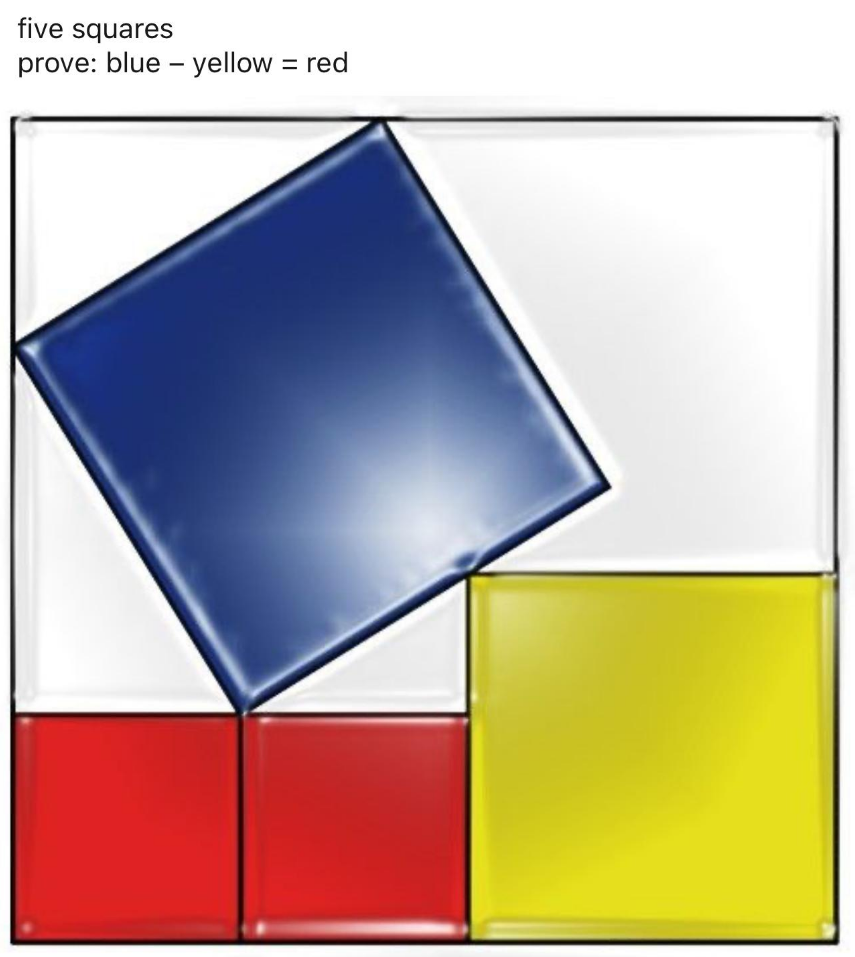
AllQuestion and Answers: Page 302
Question Number 191518 Answers: 0 Comments: 1

Question Number 191602 Answers: 1 Comments: 1

Question Number 191597 Answers: 0 Comments: 0
Question Number 191595 Answers: 1 Comments: 0
Question Number 191611 Answers: 1 Comments: 0
Question Number 191512 Answers: 1 Comments: 0
Question Number 191510 Answers: 0 Comments: 3
Question Number 191508 Answers: 0 Comments: 0

Question Number 191507 Answers: 1 Comments: 0

Question Number 191501 Answers: 1 Comments: 2
Question Number 191499 Answers: 0 Comments: 6
Question Number 191498 Answers: 0 Comments: 0
Question Number 191486 Answers: 1 Comments: 0
Question Number 191484 Answers: 2 Comments: 0
Question Number 191474 Answers: 1 Comments: 1
Question Number 191473 Answers: 0 Comments: 0

Question Number 191483 Answers: 0 Comments: 0
Question Number 191477 Answers: 1 Comments: 0
Question Number 191458 Answers: 2 Comments: 0

Question Number 191457 Answers: 2 Comments: 3

Question Number 191456 Answers: 0 Comments: 0

Question Number 191455 Answers: 2 Comments: 0

Question Number 191454 Answers: 1 Comments: 2

Question Number 191516 Answers: 0 Comments: 0

Question Number 191451 Answers: 1 Comments: 0
Question Number 191450 Answers: 0 Comments: 0
Pg 297 Pg 298 Pg 299 Pg 300 Pg 301 Pg 302 Pg 303 Pg 304 Pg 305 Pg 306
